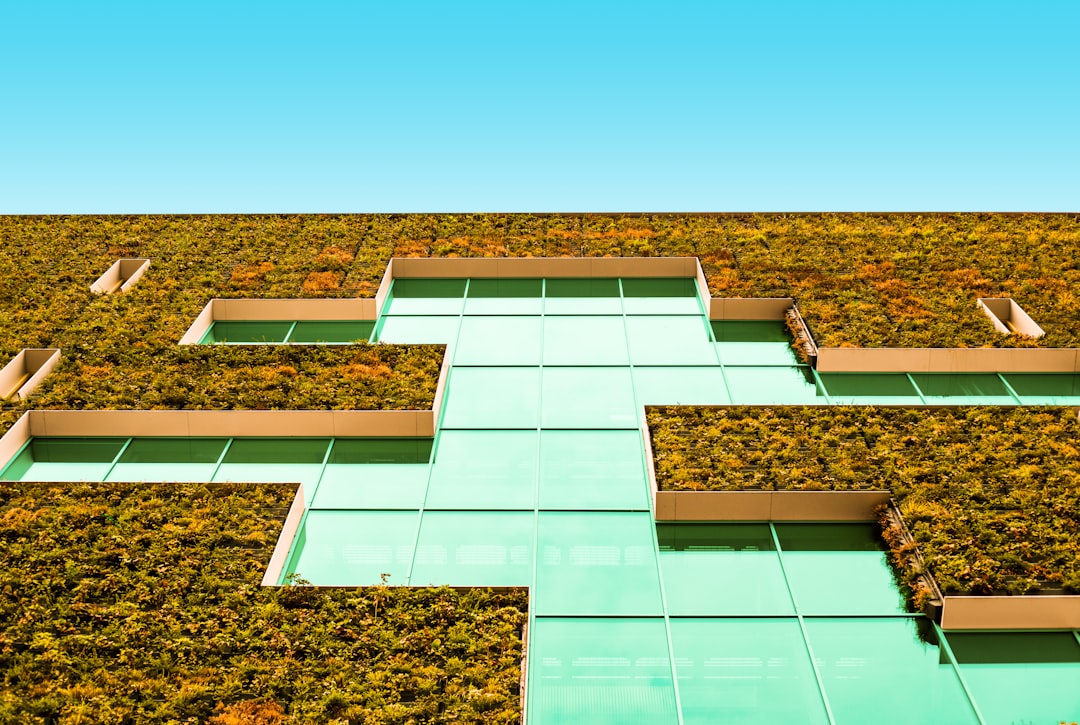What is it about?
Dye solar cells (DSCs) are quite a new technology in photovoltaics. The traditional DSCs are prepared on conductively coated glass substrates in high temperature using a batch process. Manufacturing the cells on low-cost metal and plastic substrates would enable significant cost reductions as well as roll-to-roll mass production. There is a selection of metals and possible conducting coatings for plastics with varying electrical, optical, and chemical properties and price. The substrate has a dominant impact on the methods and materials that can be applied to make the cell and consequently on the resulting performance of the device. Furthermore, the substrates influence significantly the stability of the device. The main issue with plastics is their permeability whereas with metals, chemical stability in the electrolyte is themain concern. The leakage of electrolyte and the impact of water intake through the plastics can be affected by the material choices in particular with the electrolyte and dye composition. In the case of the metallic electrodes, the chemical stability can be improved by choosing a corrosion-resistant metal, applying a blocking layer or changing to a less aggressive electrolyte. One major focus of the current research of the flexible DSCs is increasing the efficiency by improved low-temperature preparation methods and materials especially for the photoelectrode. Another significant challenge is the development of noncorrosive electrolyte and dye combinations that work well even in the presence of significant amounts of water.
Featured Image
Perspectives
Dye or perovskite solar cells can be constructed on metal or plastics sheets. Roll to roll production possible.
Professor Peter D. Lund
Aalto University
Read the Original
This page is a summary of: Metallic and plastic dye solar cells, Wiley Interdisciplinary Reviews Energy and Environment, September 2012, Wiley,
DOI: 10.1002/wene.46.
You can read the full text:
Contributors
The following have contributed to this page










